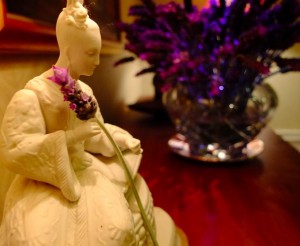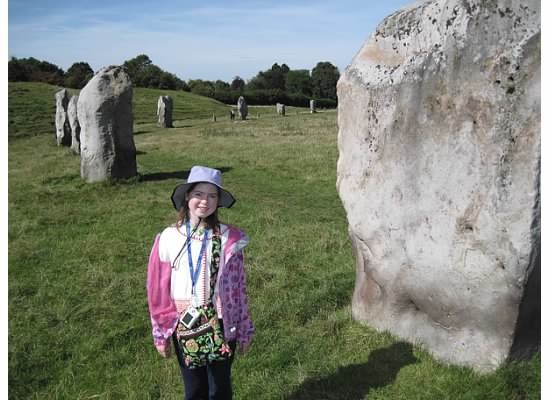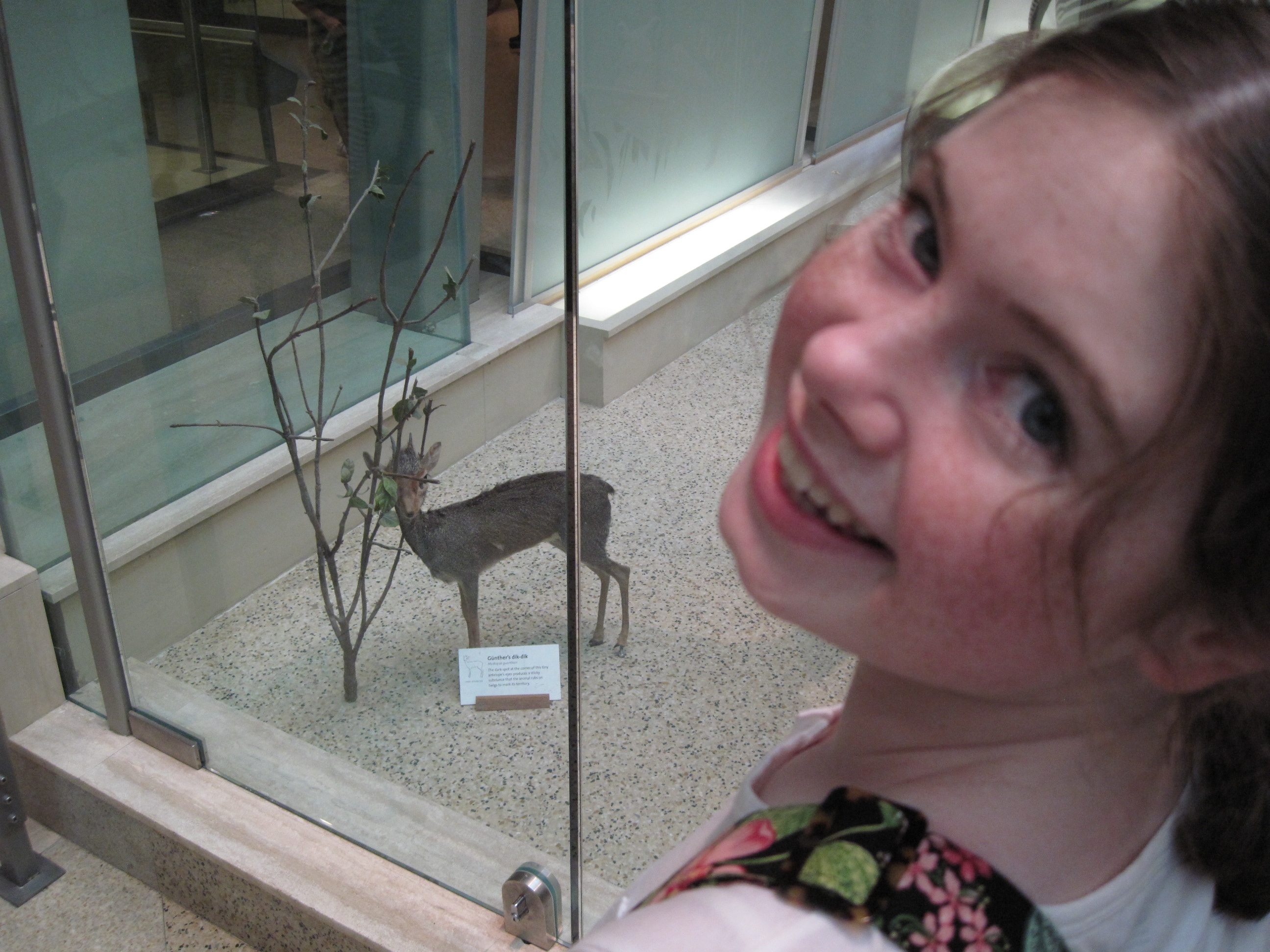One of the best things about tutoring an inquisitive ninth grader in the humanities – literature and history, writing and global studies – is that I have the opportunity to revisit stories I have read in the distant past, when I was a different person. Doesn’t the passage of time change us at least a little (or maybe even immensely)? Reading stories a second time makes me notice and appreciate the way I have changed.
Thus, I found myself re-reading Siddhartha by Herman Hesse (Hilda Rosner’s translation). The first time I read it I was 19. I was on a plane. When I reached the last page, I remember looking out the window at the clouds for a long time. Forty years later, I observed myself feeling a little bit impatient with Siddhartha. His search for truth, wisdom and meaning, which had seemed so enlightening when I was 19, now seemed somewhat self-absorbed. But then he reached the river. I found myself right there with him: observing, learning, and thinking. I found my 57-year-old self greeting and embracing my 19-year-old self, “Now I know why you looked out the airplane window for so long.”
The river teaches him everything.
When a friend asks Siddhartha’s advice for finding the path to enlightenment, Siddhartha answers, “When someone is seeking, it happens quite easily that he only sees the thing that he is seeking; that he is unable to find anything, unable to absorb anything, because he is only thinking of the thing he is seeking, because he has a goal, because he is obsessed with his goal. Seeking means: to have a goal; but finding means: to be free, to be receptive, to have no goal.”
When my “tutee” and I talked about this passage from the book, we felt Siddhartha was encouraging his friend to focus on the process, not the objective. In other words, be in the moment. We agreed that Siddhartha’s river is a metaphor for life.
A few days after reading the book, I glimpsed a short article titled “How to Ford a River” by Malia Wollan in The New York Times. In it she interviewed George Spearing, a retired firefighter from New Zealand, who has crossed hundreds of rivers on solo wilderness treks. I found his advice on crossing rivers especially fascinating after reading Siddhartha. I realized that crossing rivers safely requires us to respect the river.
Here’s a photo of a hiker crossing a river. After reading the list I made of George Spearing’s pointers (below photo), you will probably notice two things this hiker might change for the next crossing.
- First watch the water. Explore the edge. Throw a stick in. If the floating stick moves faster than you can walk, find a wider, shallower crossing where the current is slower.
- Always look downstream for hazards. “If you fall in, you don’t want to go over a rapid or a waterfall.
- Streams and rivers fed by snowmelt will be lowest in the early morning.
- Don’t be cavalier.
- Keep your shoes on. Unbuckle your backpack: you’ll need to get it off if you fall in.
- Find a sturdy, five-to-six-foot-long branch and use it and your two feet to make a tripod of yourself. Always keep two points of contact on the ground.
- Face upstream and slowly sidestep into the water, leaning slightly into the current and use your pole for support.
- Go slowly.
- Be really carefully if the water rises above your knees. If it gets any deeper, back out.
- You may need to wait a day, walk a mile upstream, or even turn around. You are not invincible.
**********
This is what I learned reading Siddhartha at 57:
Respect and love the river.
Respect and love yourself.
Be in the moment/Don’t rush.
Pay close attention to clues given to you.
Re-read Siddhartha by Herman Hesse in 10 years.
Some of us think holding on makes us strong; but sometimes it is letting go — Herman Hesse






